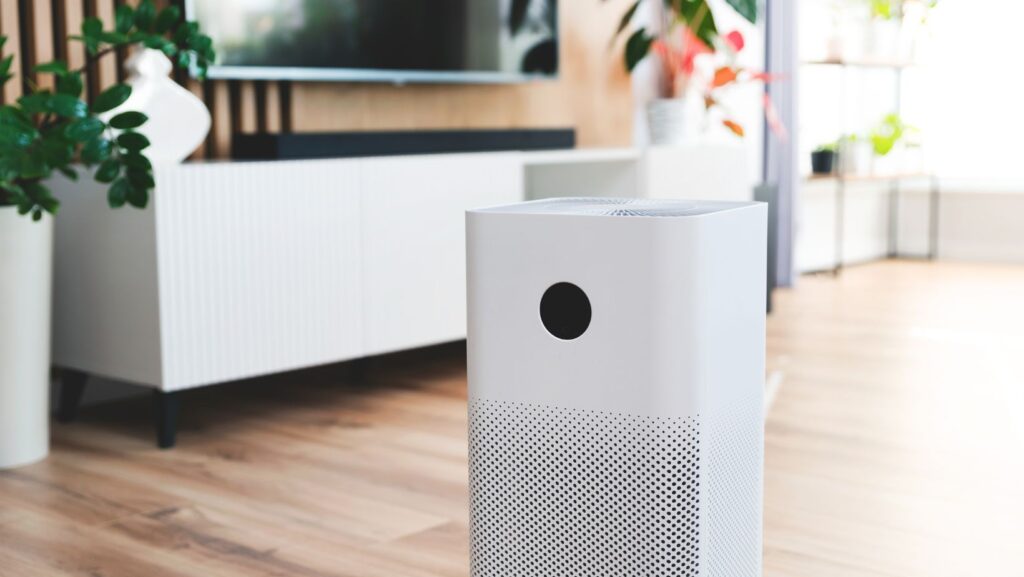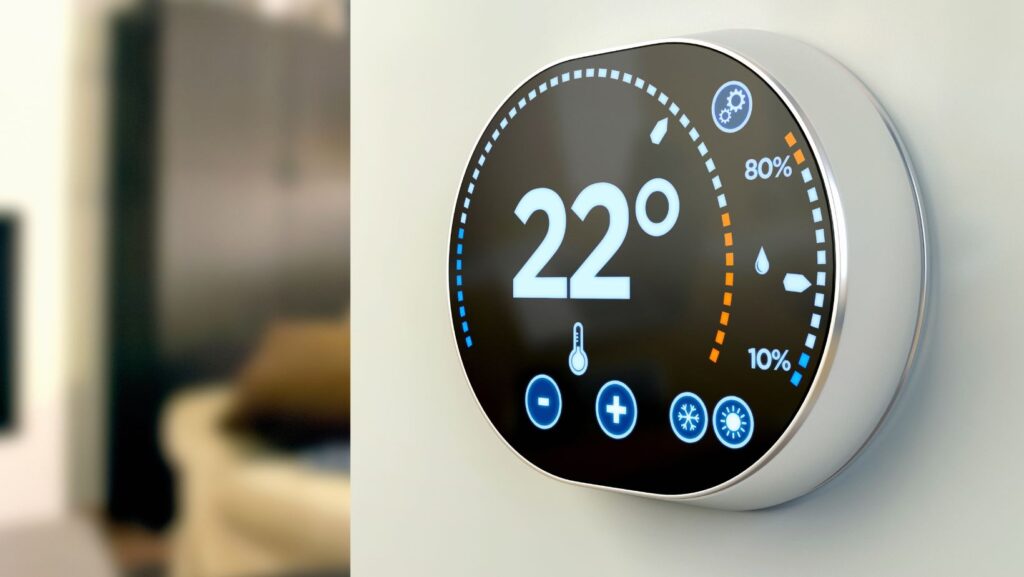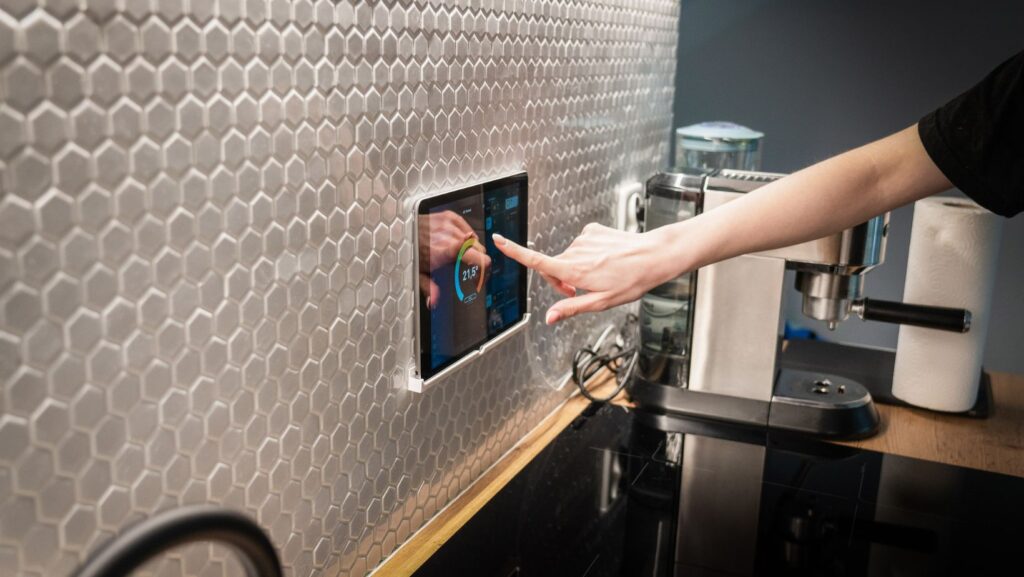Key Takeaways
- Smart Home Transformations: Smart home innovations are revolutionizing daily living by integrating devices through the Internet of Things (IoT) for enhanced comfort and convenience.
- Security Enhancements: Intelligent security systems, including smart locks and cameras, offer advanced features like remote monitoring and real-time alerts, improving overall property safety.
- Energy Efficiency Benefits: Smart thermostats and lighting systems optimize energy consumption, leading to cost savings and promoting environmental sustainability.
- Key Technologies: The rise of IoT and Artificial Intelligence (AI) are central to smart home innovations, enabling effective automation and personalized user experiences.
- Future Innovations: Trends indicate a growing integration of renewable energy sources and improved interoperability among devices, enhancing smart home functionality and user control.
Smart home innovations are transforming the way people live, making everyday tasks easier and more efficient. From voice-activated assistants to intelligent security systems, these technologies are designed to enhance comfort and convenience in modern households. As more homeowners embrace these advancements, the potential for a fully connected living space grows.
With the rise of the Internet of Things (IoT), smart devices are becoming increasingly integrated into daily life. They not only provide seamless control over home environments but also promote energy efficiency and security. This article explores the latest trends and innovations in smart home technology, showcasing how they can revolutionize home management and improve overall quality of life.
Smart Home Innovations
Smart home innovations reshaped daily living. Devices such as smart speakers, thermostats, and security cameras integrate through the Internet of Things (IoT). This integration enables seamless control over home environments. Voice-activated assistants like Amazon Alexa and Google Assistant allow individuals to manage household tasks via simple voice commands.
Intelligent security systems provide enhanced safety features like remote monitoring and real-time alerts. Smart locks facilitate keyless entry, while surveillance cameras offer 24/7 visibility, ensuring homeowners can monitor their properties from anywhere.
Energy efficiency is a significant focus of smart home technology. Smart thermostats automatically adjust temperatures based on user habits, reducing energy consumption. Energy monitoring systems offer insights into usage patterns, helping individuals lower utility bills.
The convenience of smart home systems grows with each new innovation. Smart lighting systems adjust brightness and color based on the time of day or user preference. Home appliances, such as refrigerators and washing machines, feature connectivity that allows remote operation and monitoring.
Smart home innovations significantly enhance comfort, convenience, security, and energy efficiency, making daily life more manageable and enjoyable.
Benefits of Smart Home Innovations
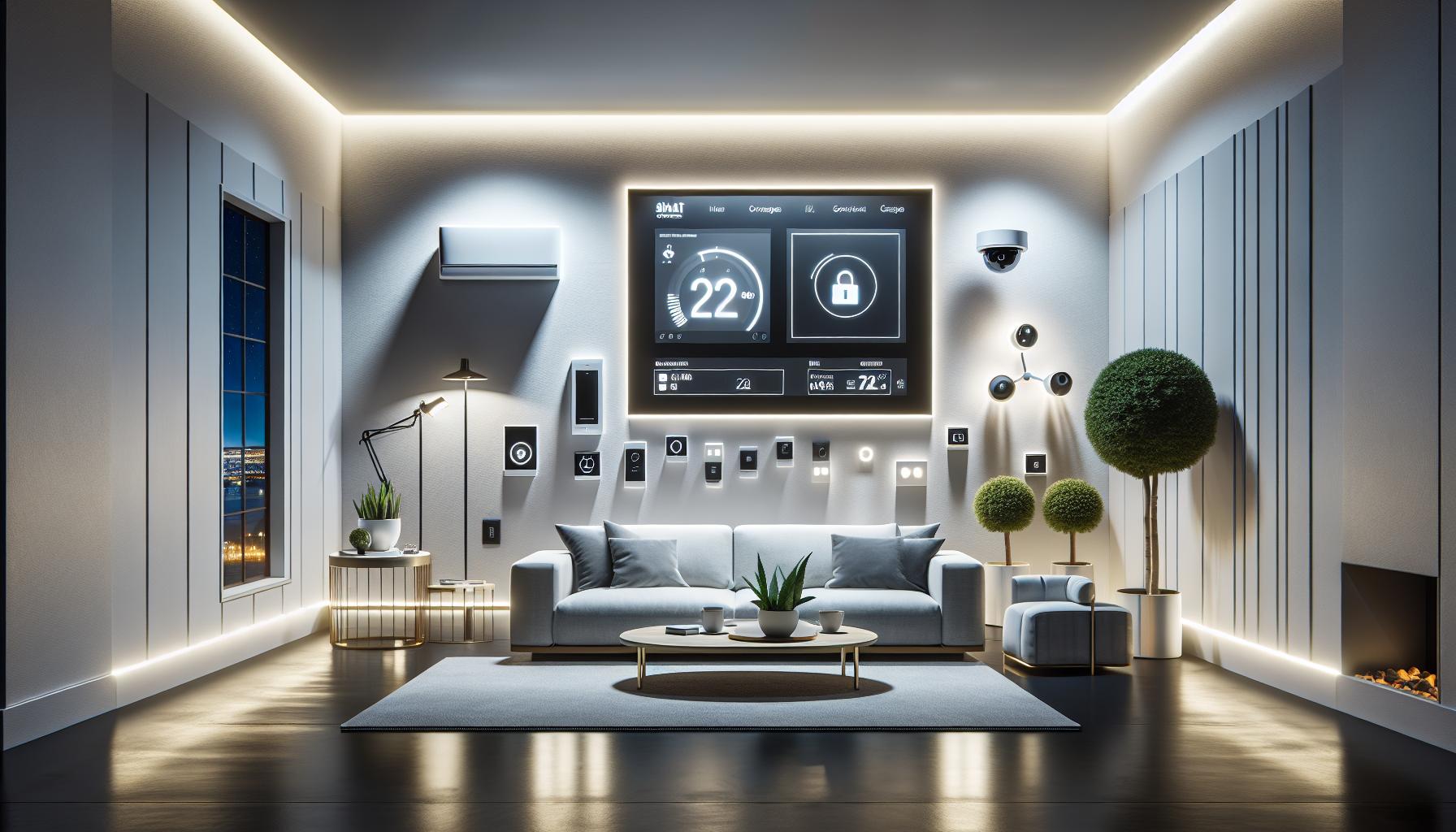
Smart home innovations offer numerous advantages that elevate daily living experiences. Key benefits include enhanced security features and improved energy efficiency, leading to significant cost savings.
Enhanced Security Features
Smart home innovations provide advanced security features that protect properties effectively. Intelligent security systems, equipped with remote monitoring, grant users access to real-time surveillance through mobile devices. Smart cameras record footage and send immediate alerts for suspicious activities. Smart locks eliminate the need for traditional keys, allowing secure, keyless entry. Many of these systems incorporate motion detectors and door/window sensors, which further enhance property safety by notifying users of any unauthorized access. This multifaceted approach increases overall security, promoting peace of mind for homeowners.
Smart home innovations significantly boost energy efficiency, leading to cost savings. Smart thermostats adjust indoor temperatures based on user behavior patterns, optimizing heating and cooling schedules. This targeted approach reduces energy consumption without sacrificing comfort. Energy monitoring systems track usage, helping identify high-consumption devices and offering actionable insights for reducing utility bills. Smart lighting systems allow users to control lights remotely and set schedules, minimizing waste by ensuring lights are off when not needed. Collectively, these technologies facilitate lower energy costs while contributing to environmental sustainability.
Key Technologies Driving Smart Home Innovations
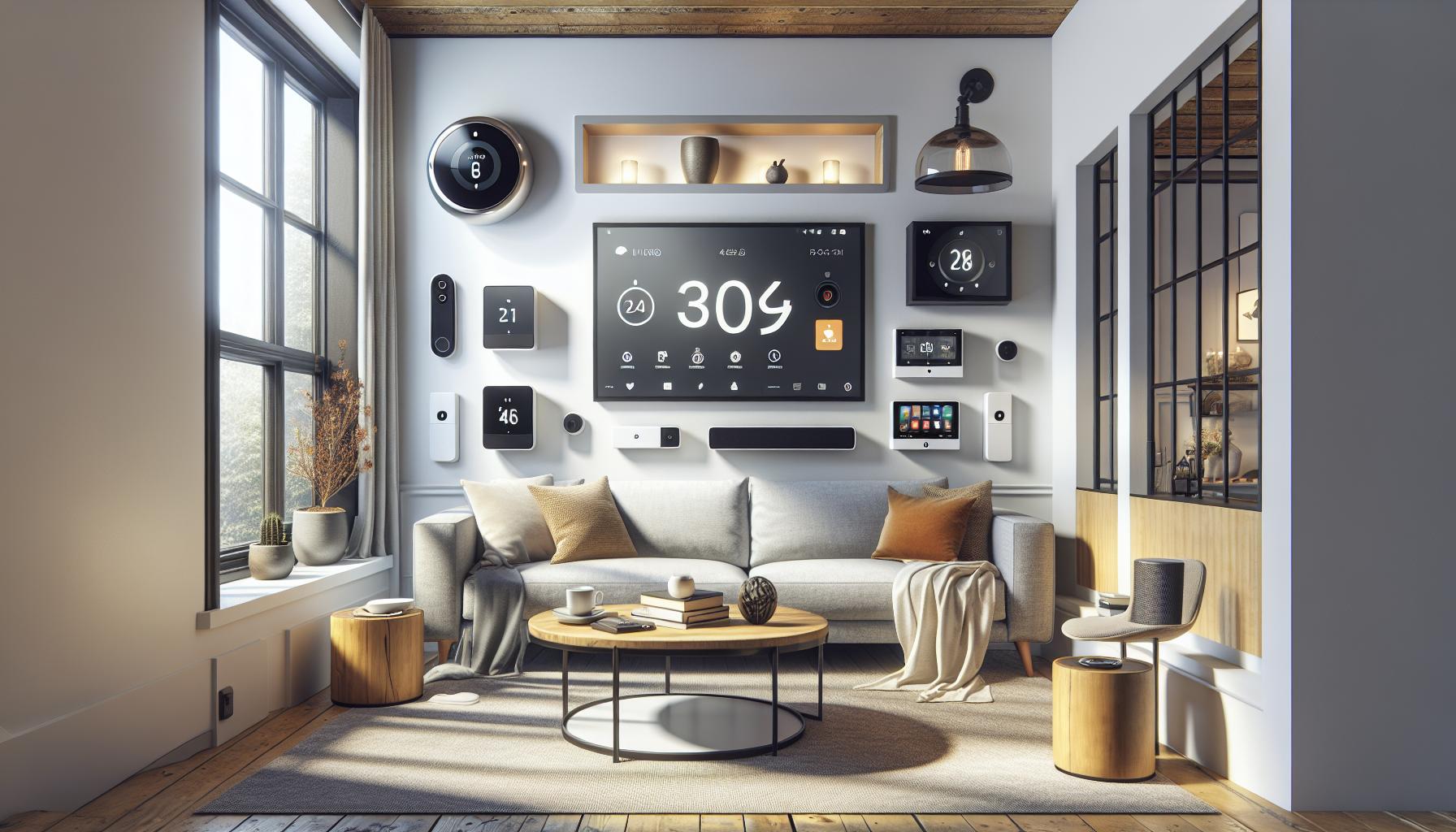
Smart home innovations rely on several key technologies that enhance functionality and user experience. Two of the most significant technologies include the Internet of Things (IoT) and Artificial Intelligence (AI).
Internet of Things (IoT)
IoT connects various smart devices to the internet, enabling communication and data exchange between them. Home automation systems utilize IoT to create a cohesive smart home ecosystem, allowing users to control devices remotely through smartphones or voice commands. Smart thermostats, for instance, learn user preferences and adjust settings accordingly, optimizing energy consumption. Security cameras and smart locks can monitor and manage access points, providing users with real-time updates on their property. The seamless integration of these devices enhances convenience, promotes energy efficiency, and strengthens home security.
Artificial Intelligence (AI)
AI plays a crucial role in enhancing smart home functionalities through machine learning and data processing. AI-powered voice assistants, like Amazon Alexa and Google Assistant, learn from user interactions, improving responsiveness over time. AI algorithms analyze energy usage patterns, allowing smart thermostats to automatically adjust temperatures based on occupancy. Additionally, AI enhances security by analyzing footage from smart cameras to identify unusual activities, reducing false alarms. The implementation of AI in smart home devices leads to more effective automation and personalized experiences, making daily tasks easier and more efficient.
Popular Smart Home Devices
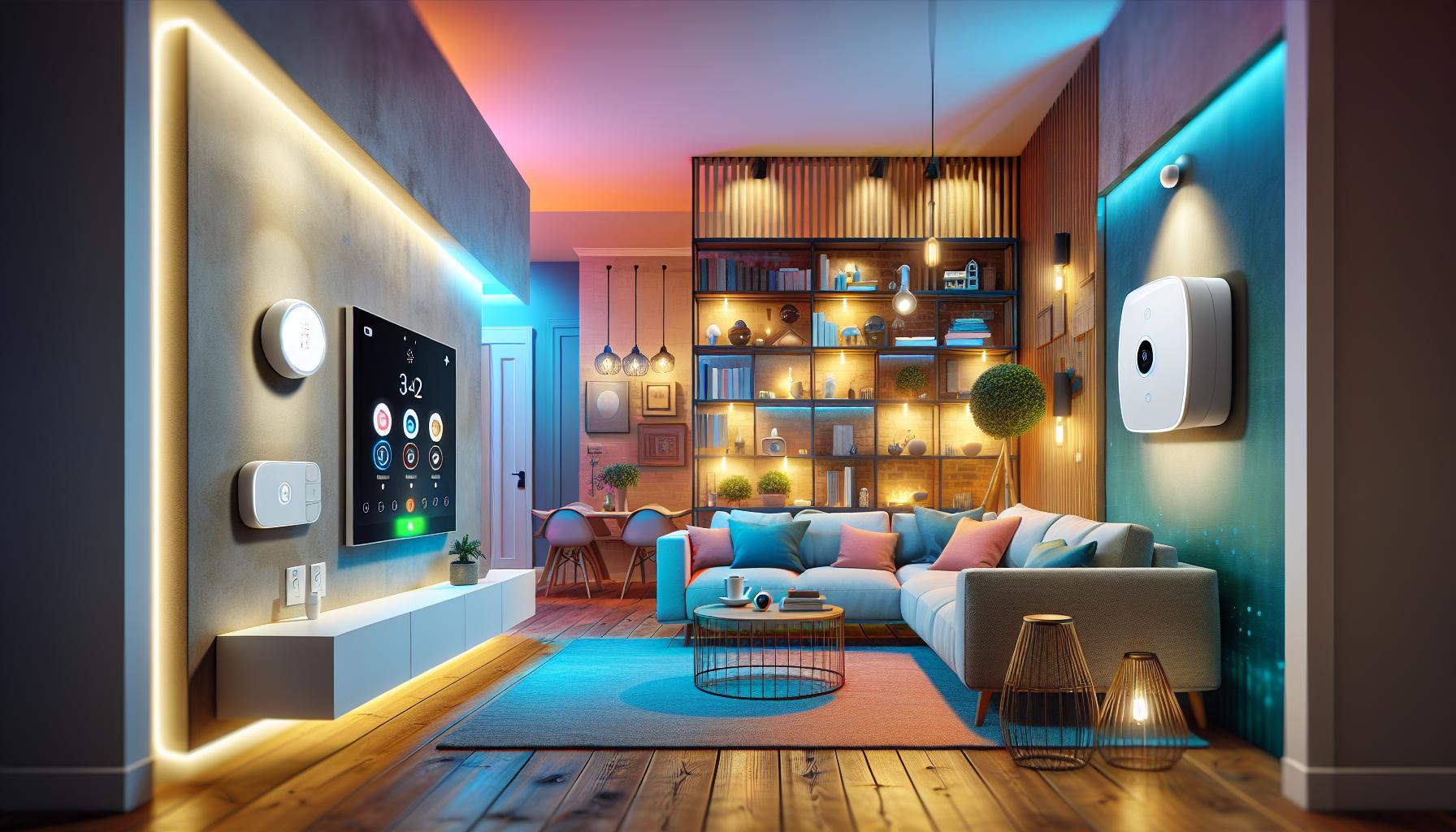
Smart home devices streamline daily routines and enhance living environments through advanced technology. The following sections detail popular devices that elevate home automation.
Smart Thermostats
Smart thermostats adapt to user habits, optimizing heating and cooling settings. They connect to Wi-Fi, allowing remote access via mobile apps. For instance, models like the Nest Learning Thermostat learn individual schedules, adjusting temperatures automatically. These devices can reduce energy consumption by up to 15% according to Energy Star, contributing to lower utility bills. Users can also monitor energy usage patterns, enhancing overall efficiency.
Smart Security Cameras
Smart security cameras enhance home safety through real-time surveillance and alerts. They feature motion detection, night vision, and two-way audio capabilities. Systems such as Arlo and Ring allow users to monitor properties remotely via smartphones. Many cameras provide cloud storage for recorded footage, enabling easy retrieval during security breaches. According to a study by the Safety.com, homes with security cameras are 300% less likely to be burglarized.
Smart Lighting Systems
Smart lighting systems offer customizable illumination, significantly improving convenience. Users can control lights through smartphone apps or voice commands with smart assistants. Philips Hue and LIFX provide energy-efficient LED options that can change color and brightness based on user preferences. These systems can also be programmed to simulate occupancy, enhancing home security while saving energy. Studies suggest smart lighting can reduce energy use by up to 40%, aligning with sustainability goals.
Future Trends in Smart Home Innovations
Future trends in smart home innovations point toward enhanced efficiency and user convenience. Integrating advanced technologies will drive these developments, offering homeowners more control and flexibility.
Integration of Renewable Energy
Integration of renewable energy sources into smart home systems becomes increasingly important. Solar panels, wind turbines, and energy storage solutions can optimize energy consumption and reduce dependence on traditional energy grids. Homes equipped with smart energy management systems can automatically adjust power usage based on real-time solar energy production. For instance, homeowners can schedule high-energy tasks, such as running dishwashers or washing machines, during peak sunlight hours to take advantage of free energy. This shift not only lowers utility costs but also contributes to environmental sustainability.
Increased Focus on Interoperability
Increased focus on interoperability among smart devices enhances user experience and system effectiveness. As more manufacturers adopt common communication standards, smart home devices can seamlessly interact with one another. For example, a smart thermostat can collaborate with smart lighting systems to create energy-saving scenarios, like adjusting the thermostat when rooms are unoccupied. This trend fosters the creation of holistic smart home ecosystems, allowing users to control multiple devices from a single platform. Improved interoperability leads to simplified management while ensuring devices work cohesively to maintain efficient home operations.
Energy Efficiency and Cost Savings
Smart home innovations are reshaping the way people interact with their living spaces. With the integration of IoT and AI technologies, homes are becoming more intuitive and responsive to individual needs. Enhanced security features and energy-efficient solutions not only provide peace of mind but also contribute to significant cost savings.
As these technologies continue to evolve, the focus on interoperability will create seamless experiences for users. Embracing these advancements can lead to a more convenient and sustainable lifestyle. The future of smart homes promises to enhance daily routines and improve overall quality of life, making it an exciting time for homeowners to explore these innovations.
